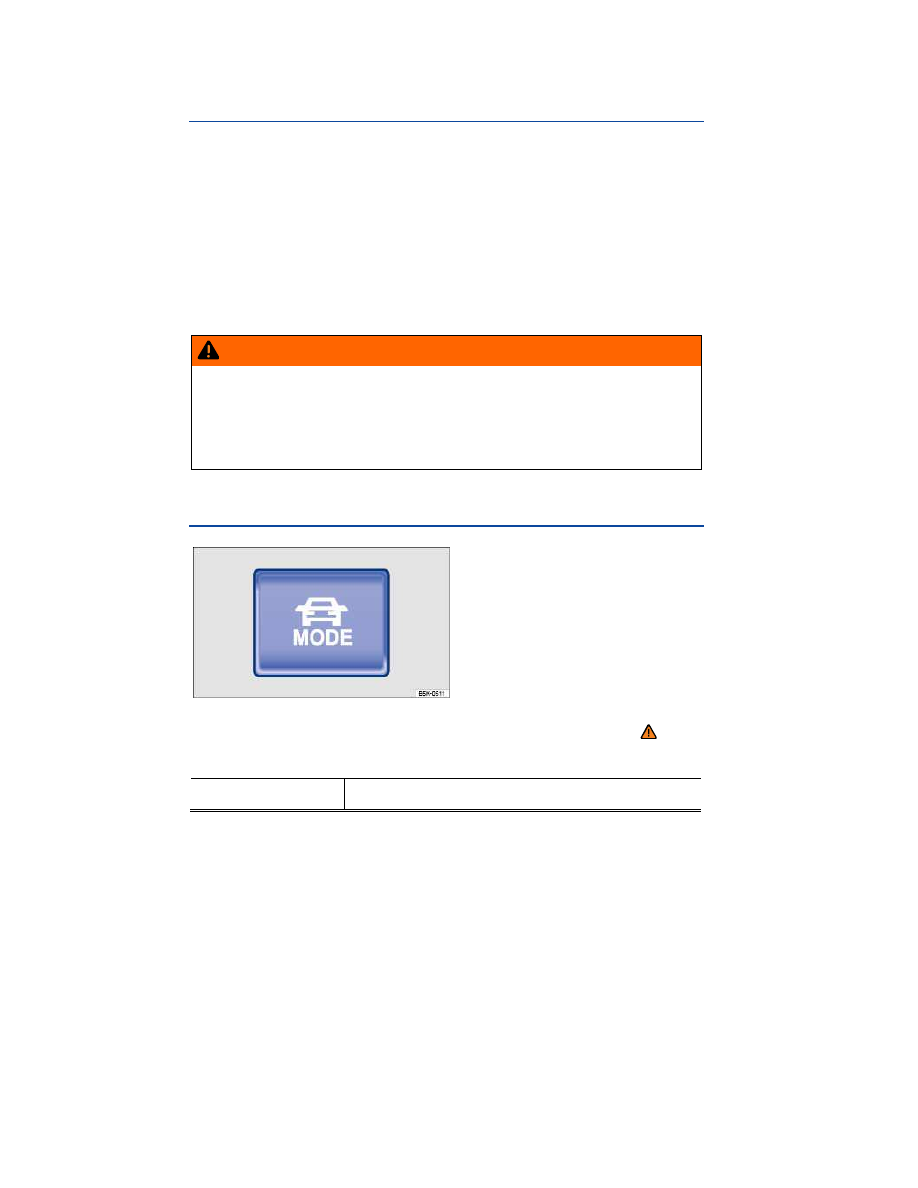Volkswagen Golf GTI (2015 year). Instruction - part 18

Driving Mode Selection
Introduction
In this section you’ll find information about:
Function and operation
Adjusting the driving mode
Your vehicle may be equipped with the Driving Mode Selection feature.
Additional information and warnings:
Infotainment system
Lights
Shifting
Steering
Cruise control
WARNING
Driving on today's roads demands the full attention of the driver at all times. Driver
distraction causes accidents, collisions and serious personal injury!
Never let yourself be distracted when selecting a driving mode or using the Infotainment
system.
Always drive attentively and responsibly. Use the Driving Mode Selection feature and the
Infotainment system only if road, traffic, and weather conditions permit and you will not be
distracted from your driving.
Function and operation
Fig. 146 In the lower section of the centre console: Driving Mode Selection button
Please first read and note the introductory information and heed the WARNINGS
The driver can choose from different driving modes with a variety of characteristics:
Driving mode
Recommended driving situations